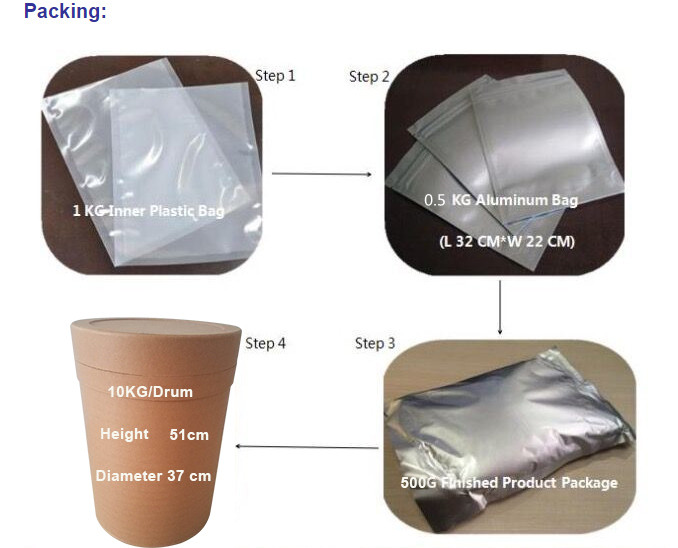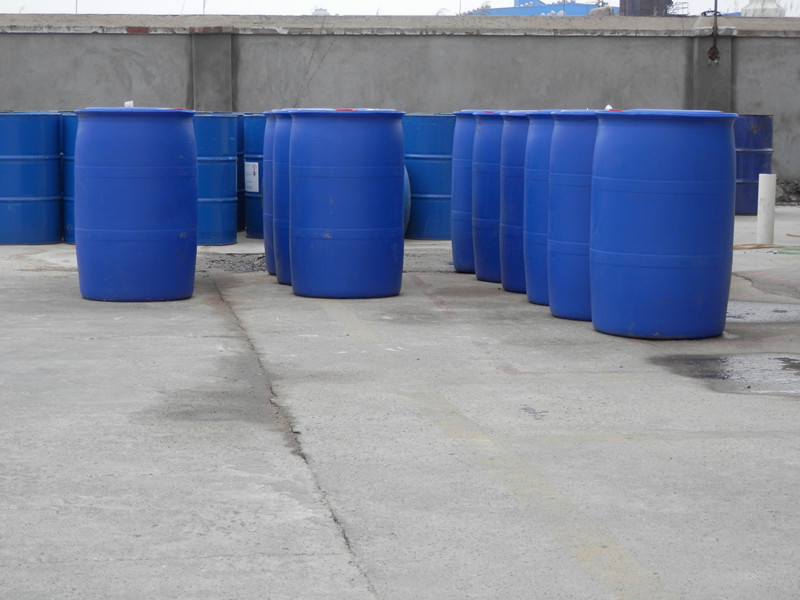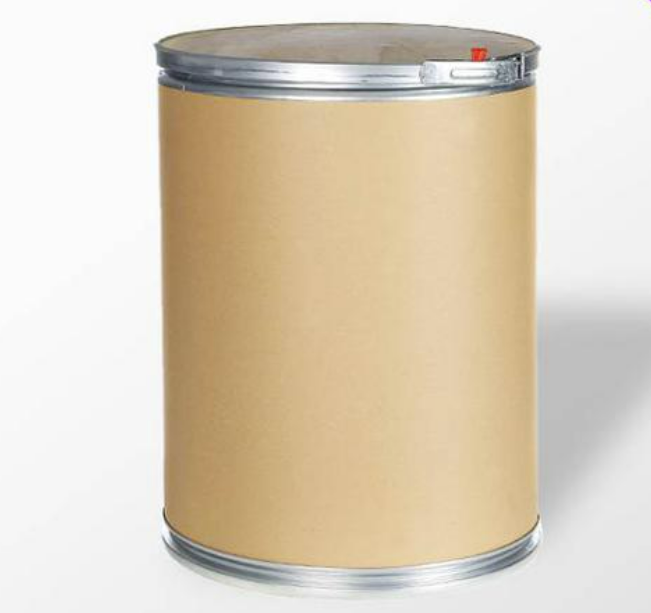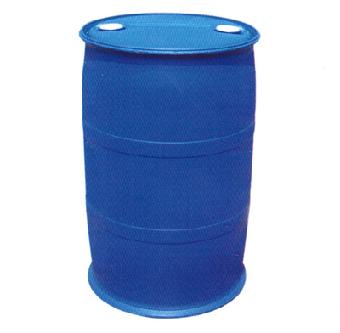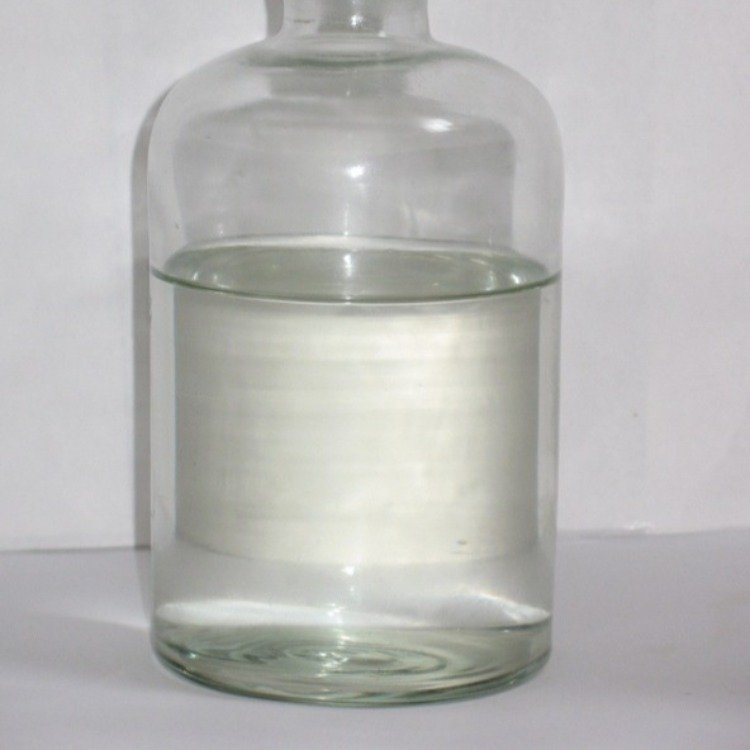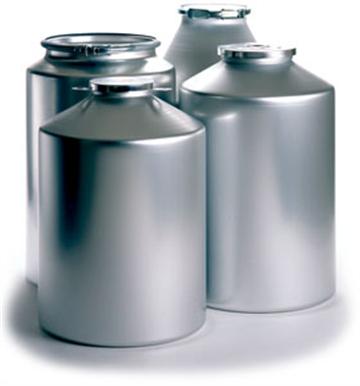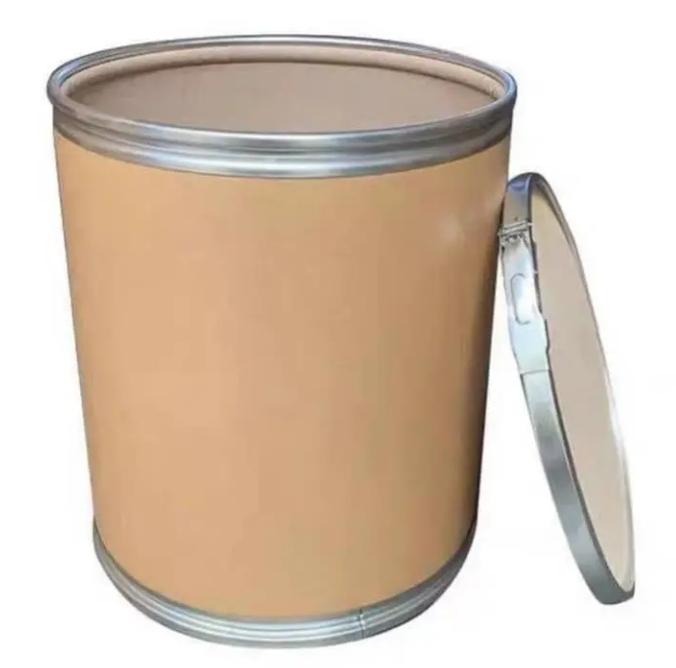Feed Additive
Additives For Food Packaging
Colorant
Stabilizer and Coagulator
Water Retention Agent
Feed Deworming Health Agents
Anti Corrosion and Preservation
Color Fixative
Flour Treatment Agent
Defoamer
Coating Agent
Feed Vitamins
Emulsifier
Other Food Additives
Nutritional Fortifier
Thickening Agent
Feed Quality Enhancer
Antioxidants
Chewing Gum Bases
Bulking Agent
Feed Amino Acids and Small Peptides
Flavor Enhancer
Sweeteners
Additives For Feed Preservation
Other Feed Additives
Food Additive
Bleaching Agents
Anticaking Agent
Food Flavors and Fragrances
Enzyme Preparation
Feed Trace Elements
Acidity Regulators
Feed Growth Promoters
Feed Conditioner
Alias
More Information
Uralenic Acid; 18β-Glycyrrhetinic Acid; Stx 352; Glycyrrhetic Acid; Po 12; 18-Beta-Glycyrrhetinic Acid; Arthrodont; Biosone; Glycyrrhetin; Glycyrrhetinic Acid; Enoloxone; Gm 1658; 18B-Glycyrrhetic Acid
Brief Introduction
It is an important raw material for medicine and high-grade cosmetics. It has the effects of anti inflammation, anti allergy and inhibiting bacterial reproduction. It can also be used as food additives.
Suppliers
View More Vendors (2) >
CAS:499-40-1
Molecular Formula:C12H22O11
Alias
More Information
IMO; Isomalto-Oligosaccharide; α-Isomaltose; 6-O-A-D-Glucopyranosyl-D-Glucose; Isomalto-Oligosaccharide Powder; α-1,6-Glucobiose; D-Isomaltose; A-1,6-Glucobiose; 6-O-Alpha-D-Glucopyranosyl-D-Glucose; 6-O-.Alphascsc.-Glucopyranosyl-D-Glucose; Isomaltose Approx. 98% Mixed Anomers; Alpha-1,6-Glucobiose; (2R,3S,4R,5R)-2,3,4,5-Tetrahydroxy-6-(((2S,3R,4S,5S,6R)-3,4,5-Trihydroxy-6-(Hydroxymethyl)Tetrahydro-2H-Pyran-2-Yl)Oxy)Hexanal
Brief Introduction
Isomaltooligosaccharide has a wide range of applications and promising prospects because of its characteristics and health care functions. It can manufacture all kinds of health products, beverages, medicine, condiments, cosmetics, and other low calorie functional foods.
Suppliers
View More Vendors (2) >
CAS:50-69-1
Molecular Formula:C5H10O5
Alias
More Information
Ribose,D-(-); D-Ribose; R-Ribose; Ribose,Pure; D-Ribos
Brief Introduction
Pharmaceutical and chemical raw materials. It is used in the manufacture of vitamin B2, (riboflavin), ribofuran, ribopyranose, antitumor and nucleoside drugs. It can also be used as sports health products and food additives.
Suppliers
View More Vendors (2) >
CAS:503-74-2
Molecular Formula:C5H10O2
Alias
More Information
Butanoic Acid, 3-Methyl-; I-Butanoic Acid; Tert-Pentyl Alcohol,Isovalerate; 3-Methyl Butyric Acid; iso-Valeric acid
Brief Introduction
It is used to produce the sedative hypnotic bromoisoamyl urea. But it is more used in the production of spices (80% of the total amount of de boiling in Japan). The main isovalerate used as perfume are hexyl isovalerate, propyl isovalerate, isoamyl isovalerate, geranyl isovalerate, benzyl isovalerate and cinnamyl isovalerate. The lower isovalerates are used as food flavors, and the higher isovalerates are used in cosmetics. Isovaleric acid exists naturally in valerian oil, vanilla oil, hops oil, laurel leaf oil, spearmint oil and so on. It is a kind of edible flavor permitted by GB2760-86. It is mainly used to make cheese and cream flavors, and also to be used in fruit flavor. It is used to make medicine, spice, condiment, etc.
Suppliers
View More Vendors (2) >
CAS:506-32-1
Molecular Formula:C20H32O2
Alias
More Information
5,8,11,14-Icosatetraenoic Acid; 5,8,11,14-Eicosatetraenoic Acid; Arachidonic; 5,8,11,14-Eicosatetraenoic Acid, (All-Z)-; Eicosatetraenoic Acid; (5Z,8Z,11Z,14Z)-5,8,11,14-Icosatetraenoic Acid; (All-Z)-5,8,11,14-Eicosatetraenoic Acid; (All-Z)-5,8,11,14-Eicosatetraenoicacid; 5,8,11,14-All-Cis-Eicosatetraenoic Acid; 5,8,11,14-Eicosatetrenoic Acid; ARA
Brief Introduction
This product is a nutritional fortifier and raw material for the synthesis of prostaglandins. Regulate the permeability of human cell membrane. It is very important for the development of brain, nerve and optic nerve system of infants and young children. It also plays an important role in the treatment of coronary heart disease, diabetes and prevention of cerebrovascular diseases.
Suppliers
View More Vendors (2) >
Inquiry (
10
/ 10
)
Clear All
Sign In
Error!

